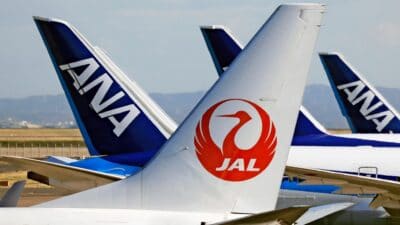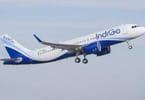| In total, 11 Asia Pacific destinations each received more than one million additional foreign arrivals into their respective destinations between 2016 and 2017. Only four of the 47 destinations reported declines in their inbound foreign arrival numbers, and these ranged from a minor loss of 4,000 arrivals to a much more significant contraction of nearly 3.9 million.
Overall however, the Asia Pacific region received nearly 35 million more foreign arrivals in 2017 than it did just one year earlier.
Intra-regional travel flows remained very strong for most Asia Pacific regions in 2017 with almost 94% of the foreign arrivals into Asia originating from within Asia itself. For the Americas, the intra-regional proportion of international travel was 78%.
The Pacific went against this trend however, with less than one-third (32%) of its foreign arrivals in 2017 originating from within the Pacific region; more than half (53%) of the foreign arrivals into the Pacific in that year came from Asian origin markets.
In terms of supplier markets into Asia Pacific in 2017, the vast majority of foreign arrivals came from Asia (62%), followed by the Americas (18%) and then Europe (12%). The Pacific supplied a little over two percent of the total arrivals into Asia Pacific in 2017, followed by Africa with less than one percent. A significant proportion of arrivals (5%) came from origin markets that were unspecified.
At the single origin market level, the major suppliers of foreign arrivals into Asia Pacific destinations in 2017 were: |



























